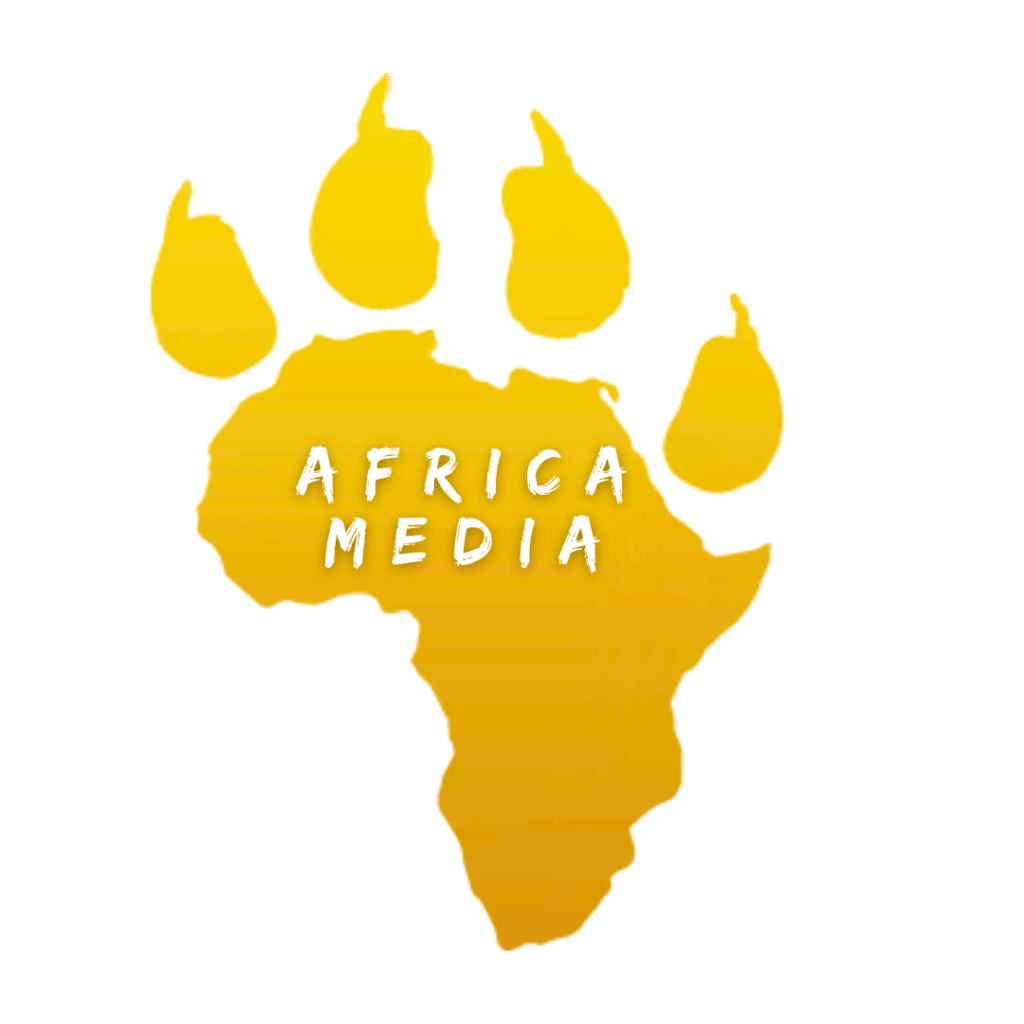
How We Got That Shot! – Film making Adventures of Crazy Caleb
Our wildlife film-making students are a creative bunch and when producing each film we are faced with numerous challenges, mostly about how we are going to put the weird and wonderful ideas that our students come up with onto the TV screen (safely and responsibly of course).
This film, written by Caleb Morrison (aka Crazy Caleb), documents Caleb’s mission to film an elusive Brown Hyena. As we were likely to get very little footage of such a rare predator, we had to present Caleb (who was also hosting the film) with a number of challenges related to the other wildlife on the reserve. During this, we captured some incredible shots that beg the question – how did we do that! Well here are a few secret insights into how Caleb and cameraman Jon Michael got some of the freakier shots of Crazy Caleb’s Adventure (Spoilers Alert)
2m23sec: Crazy Calab gets up-close and personal with White Rhino
This incredible footage of Caleb crouching within a few metres of massive white Rhinos resulted from a combination of slick camera angles and a little bit of secret food. Bonny and Clyde (the Rhino’s) had recently been poached and their horns removed (they luckily survived). Part of their recovery included feeding them Lucerne laced with antibiotics. Thus the Rhino’s had become used to approaching the rangers dishing out the yummy Lucerne. We simply allowed Caleb to do the rangers job and then stay very still as the Rhinos approached. By shooting over Caleb’s shoulder and from down low, we were able to make the Rhinos appear closer and larger than they really were.
5m08sec: Crazy Caleb stumbles upon Lion Pride
Ok walking with wild Lions is far too dangerous to attempt, but we needed the two shot of Caleb and the Lions in the wild. We were presented with an opportunity when the Lion pride was lying on one side of a gully and we were able to approach on the other. By careful camera angles (getting very low) we could hide the fact that the gulf represented a barrier for the lions. Once we had a few two shots we circled the gully and filmed the lions from the safety of the filming vehicle.
Download FREE eBook featuring 18 International scholarships to fund overseas experience travel

7m55sec: Crazy Caleb runs through the night from a roaring male Lion
Caleb stumbles across the Lion pride at night, then flees with the alpha male in hot pursuit roaring. Getting off the filming vehicle at night close to these lions is impossible. We first positioned the filming vehicle slightly downhill from the lions, then Caleb positioned himself away from the vertical poles of the vehicles canopy. Cameraman Jon Michael then composed his picture to include only Caleb and the Lions, easy. After the two shots were captured, we drove well away (to the Lion free north), hopped out and did the entire chase scene in a safe place. Placing the lion roaring throughout the entire scene (in post production) disguises the change in location.
9m21sec: Crazy Caleb films Bush Pigs feeding on carcass at night
Yes, Bush Pigs are highly dangerous and also very cautious of humans! So we needed a safe way to film them feeding on a Impala carcass at night. The best way was to set up a camera trap and leave it over night. Also we did not want Lions blundering into the shot. Schotia Reserve is split in two, we ensured the carcass was in the northern section of the reserve where no lions existed, thus making it probable that we would film a Bush pig (or Brown Hyena).
Well, these are a few of the secrets that we used to ‘bump up’ the action and danger aspects of this film, in a safe and responsible manner. Over the next few months we will expose many more of the little tricks our students use to produce their wildlife films. Hopefully a few of these will come in useful for your film-making in the future! And as Crazy Caleb would say – stay crazy!
Blogger Profile - Ryan Johnson
Ryan is a well known wildlife film maker and shark biologist located in MosselBay, South Africa. His work is highlighted as researcher, television host, camera operator and scientist on shark and marine documentaries for international broadcastors including National Geographic Network.
Kickstart your wildlife media career!
Find your perfect wildlife media speciality program






